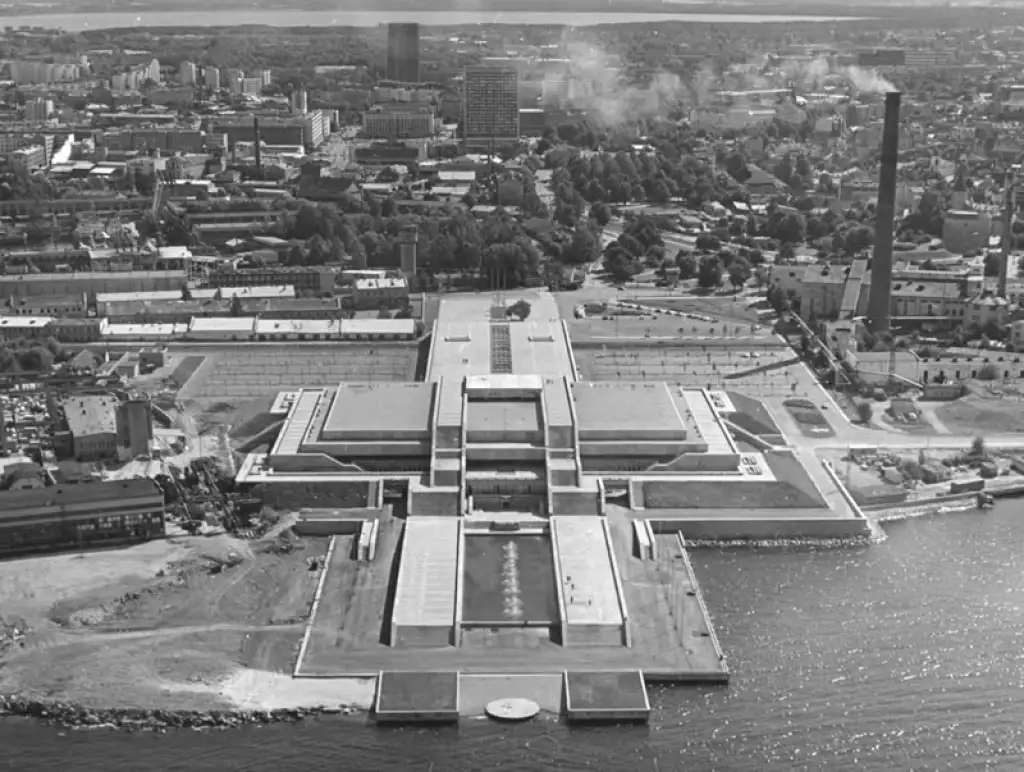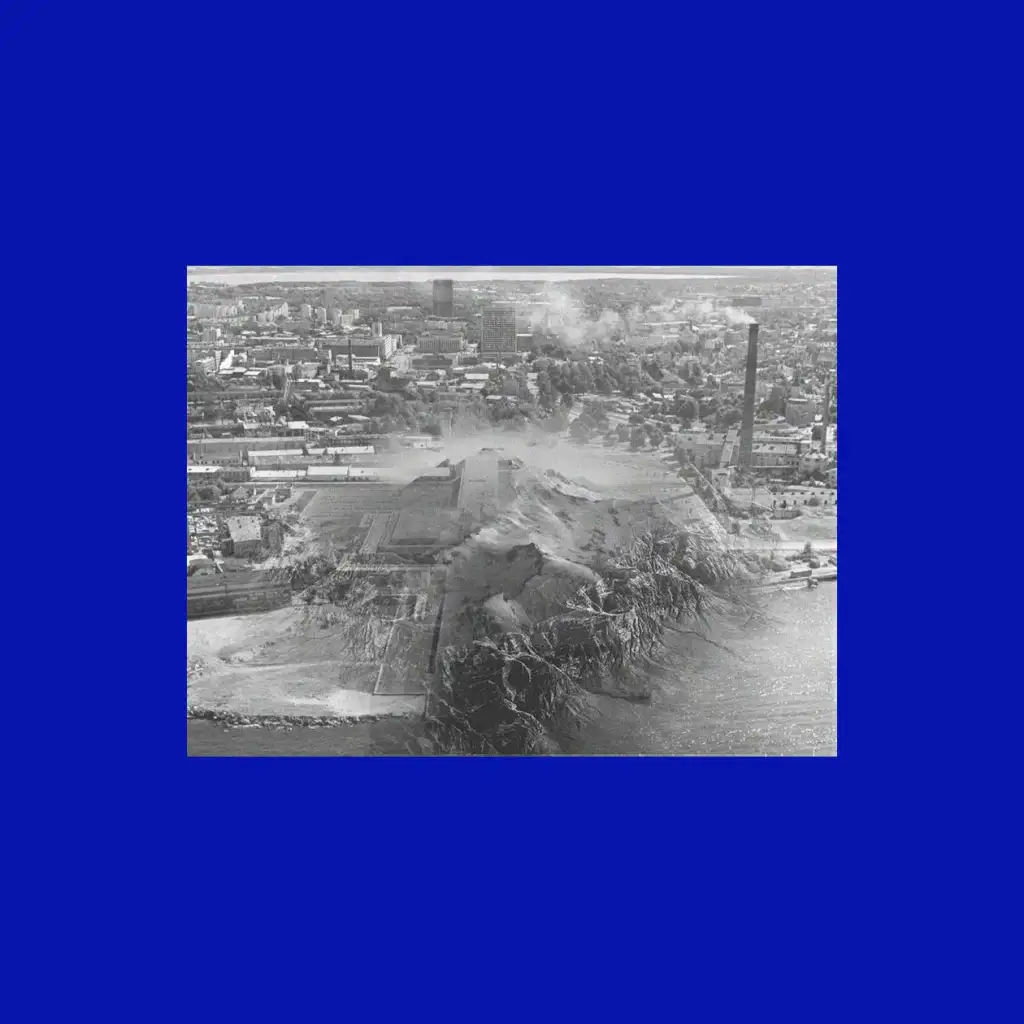Linnakivi
Linnakivi is a project done for the tandeems (tandeems.lv) competition named: possible futures of Linnahall. Linnahall is an Estonian megastructure built for the 1980's Moscow Olympics. After serving multiple purposes – a venue, a factory, a military structure, it has closed its doors in 2009. Because of its largeness, it was difficult to approach it with a modern pragmatic mindset, hence the competition brief required a more open, speculative approach to what can happen with Linnahall. We approached it with 'radical kindness' and treated it as a laboratory for socio-spatial exploration rather than a mere building.


Text for submission:
“One and one, it is one – it is not two.”
Linnahall is barely a building. Linnahall is a rock, punctured by tunnels as its capillaries and caves as its organs. We radically naturalise ‘Linnakivi’ as a method to imagine its hard architecture ‘as-found’. Stripped from its socio-political and historical context, Linnakivi is explored as a laboratory, a place for experimentation.
With radical kindness, we explore the rock and its insides. The leftovers of previous inhabitants are still scattered around, we should look past them to see the opportunity, the affordances Linnakivi holds without holding onto what once was and no longer is. Our kindness concerns the rock, not the previous tenants, who have long since left. What narratives do its caves and tunnels hold when they are stripped of their previous meanings and approached solely from their spatiality?
Linnakivi radically erases the 'human made-natural’ binary surrounding concrete megastructures. This is not a banal approach of letting nature overtake the structure, but an understanding that it acts as a choreography of caves and tunnels, ridges and plateaus. The rock allows for the exploration of opportunity and potential, rather than raising a barrier of previous programmes and functions. Hence, we propose a thoughtful, sensitive, but most of all intentional exploration of Linnahall’s natural spatiality, imagining its forms as part of continuous processes of erosion, deposition and weathering across time, be it two years, twenty or a hundred.
Linnakivi is Tallinn’s rock massif, and could be imagined through a set of spatialities engaging with its hard architecture: an in pluvium, a wind tunnel, an underground lake, a summit vista, all making up different parts of the one whole. These imaginaries turn the impenetrable porous, letting in wind, water, greenery and people all at once. Linnakivi is thus not merely explored by humans, but by the elements, flora, and fauna.
One and one is still one - it is and should never be two.
Sara Dobrijevic, Jakob D’herde, Oscar Levy
